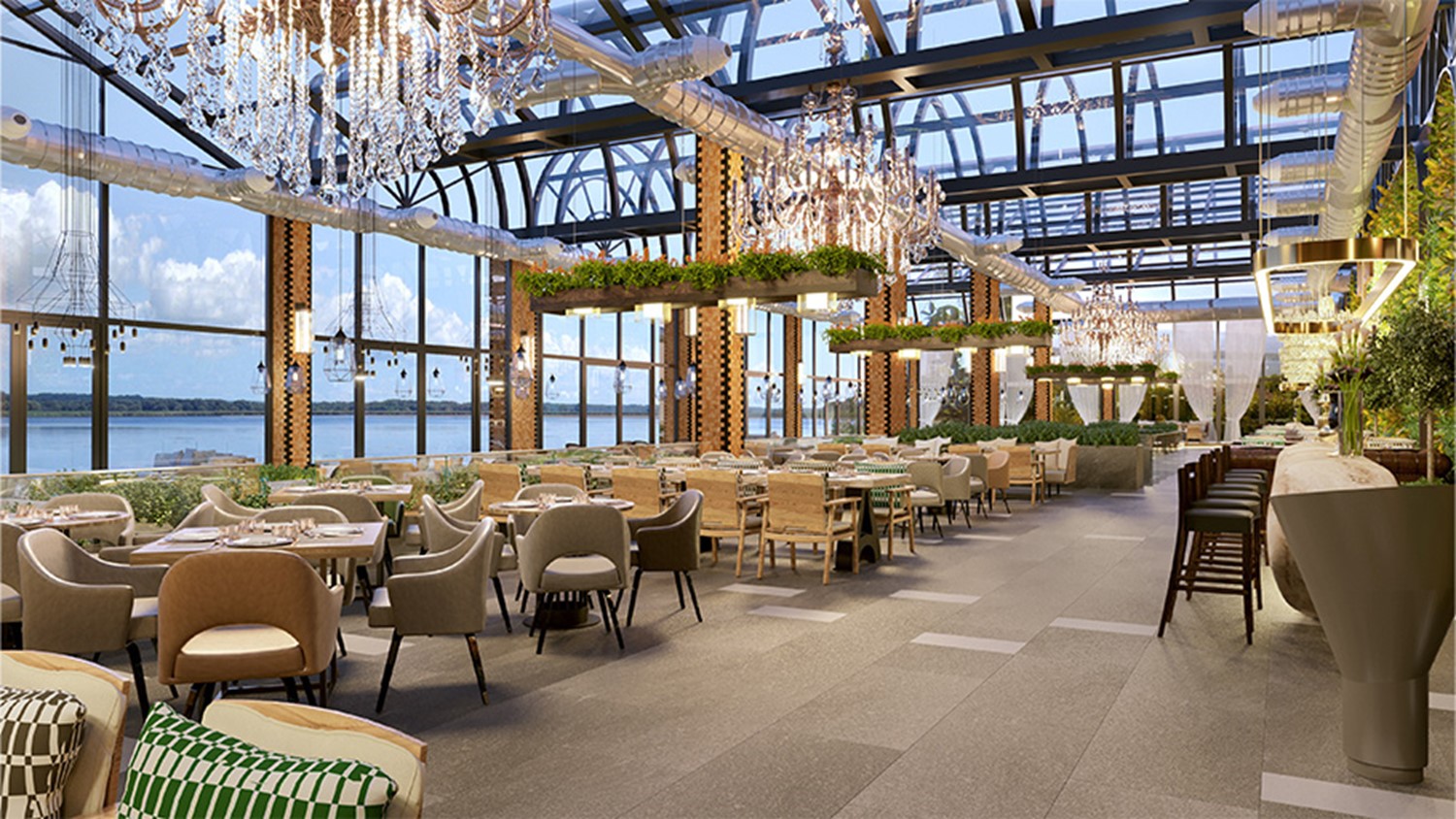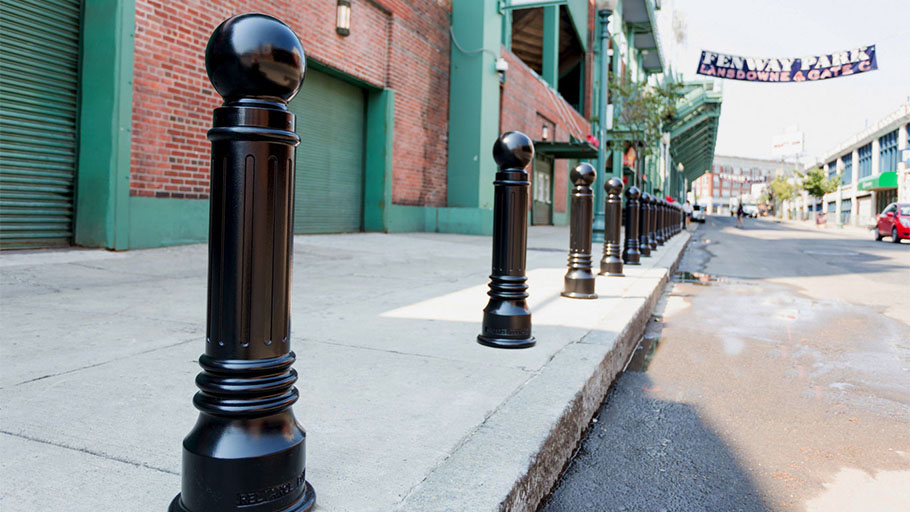Illuminating Aesthetics and Functionality in Spaces and Site Furnishings
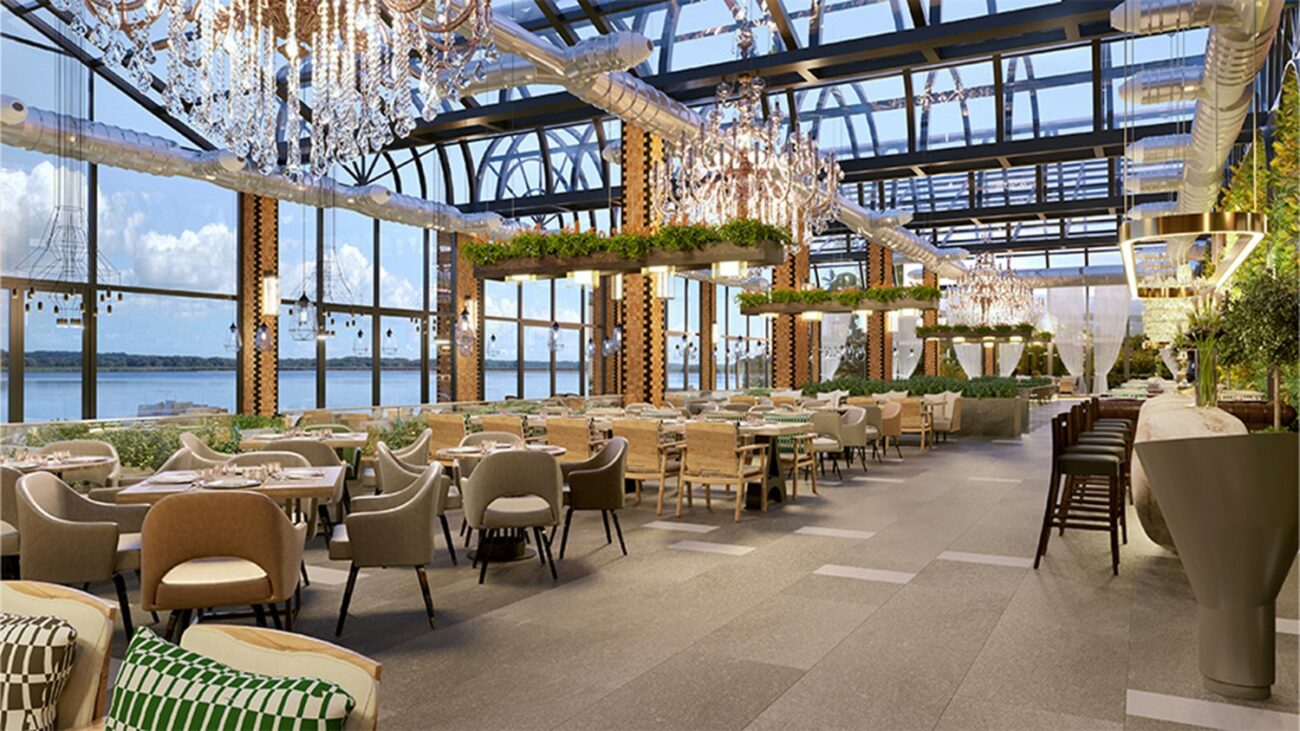
Architectural lighting design serves as an art form that elevates aesthetic allure, optimizes functionality, and crafts an inviting atmosphere. This guide ventures deep into the nuanced world of architectural lighting and explores its potential to enhance a space when combined with site furnishings. Many site furnishings, including bike racks, benches, waste bins, and bollards, can all be integrated with lighting solutions. The result? Spaces that are not just utilitarian, but also visually mesmerizing and emotionally engaging.
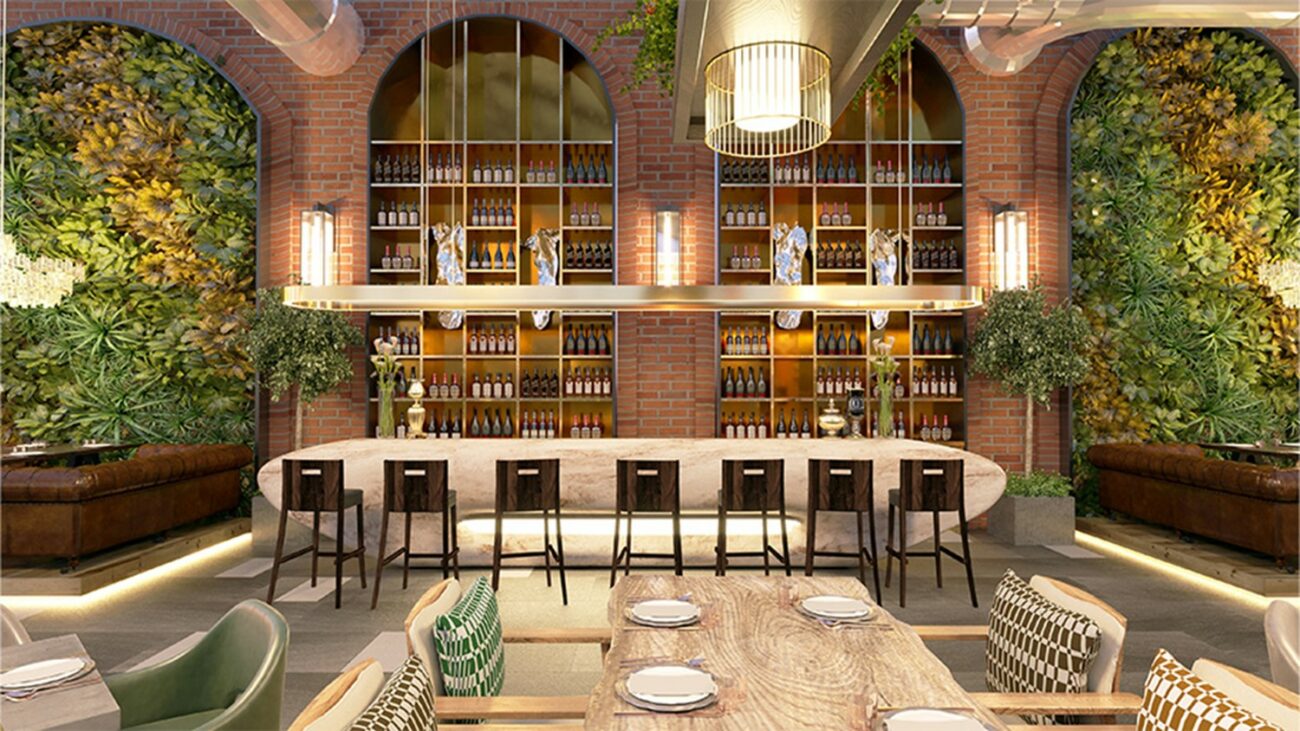
Basics of Architectural Lighting Design
Before diving into the intricacies of architectural lighting design, it’s essential to grasp its foundational elements. Here we introduce key concepts that form the backbone of effective lighting strategies. From understanding the interplay between natural and artificial sources to recognizing the significance of light color and temperature, these basics lay the groundwork for more advanced applications, including the integration with site furnishings.
Natural vs. Artificial Lighting
Understanding the delicate equilibrium between natural and artificial lighting is pivotal in architectural design. Natural light, streaming in through windows or skylights, brings an organic, airy feel to spaces and can enhance well-being. However, it’s not always reliable due to weather conditions and time of day. On the other hand, artificial lighting offers the advantage of control. With a flick of a switch, you can manipulate artificial light to achieve specific effects, moods, or functionalities, making it an indispensable tool in a designer’s arsenal.
The Three Pillars of Lighting
Ambient Lighting: Often considered the foundational layer of lighting, ambient lighting provides general illumination that fills a space. It sets the overall tone and mood, acting as a canvas upon which other lighting types can be layered. In a corporate office setting, ambient lighting could be provided by a combination of large, frosted windows that allow natural light to fill the room during the day, and overhead LED panels that distribute light evenly throughout the space. This creates a well-lit environment that is neither too bright nor too dim, allowing employees to navigate the space easily.
Task Lighting: This is more focused and is used for specific activities that require higher light levels, such as reading, cooking, or working at a desk. Task lighting is all about functionality but can also be designed to complement the overall aesthetic. In a residential kitchen, task lighting could be implemented through under-cabinet LED strips that illuminate the countertop workspace. This allows for better visibility when chopping vegetables or reading a recipe, making the task at hand easier and safer to complete.
Accent Lighting: This type of lighting serves a dual purpose. It not only highlights specific architectural features, artworks, or focal points but also adds drama and depth to a space, creating layers of interest and complexity. In an art gallery, accent lighting could be used to highlight individual pieces of artwork. Track lighting with adjustable heads could be positioned to focus beams of light onto each painting or sculpture, making them stand out, capturing the attention of visitors.
The Psychology of Light Color and Temperature
The color and temperature of light hold significant influence over how a space is perceived and experienced. Warmer tones, measured at lower Kelvin ratings between 2000 and 3500, create a cozy, intimate atmosphere ideal for relaxation. In contrast, cooler tones, with higher Kelvin ratings, are energizing and better suited for spaces that require focus and alertness. Understanding the psychological impacts of light color and temperature is crucial for designing spaces that cater to the emotional and functional needs of its occupants.

The Aesthetic Role of Architectural Lighting
When we discuss the role of lighting in architecture, it’s easy to focus solely on its functional aspects. However, lighting is also a powerful tool that can dramatically transform the look and feel of a space. This section delves into how architectural lighting serves as an artistic medium, capable of creating moods, highlighting features, and even enhancing safety—all while contributing to a space’s visual appeal.
Crafting Mood and Atmosphere
Lighting isn’t just about visibility, strategic lighting can evoke a wide range of moods, from calming sanctuaries to exciting social hubs. By manipulating factors like intensity, direction, and color, designers can shape the emotional experience of a space, making it resonate with its intended purpose. Whether it’s the soft glow of a romantic restaurant or the vibrant hues of a bustling marketplace, lighting plays a pivotal role in defining a space’s emotional landscape.
Highlighting Architectural Features
One of the most compelling uses of architectural lighting is its ability to emphasize unique architectural elements, such as archways, columns, or intricate facades. By carefully placing lights and choosing their intensity and angle, designers can add depth and dimension to a structure. This not only makes the architecture itself a focal point but also enriches the overall spatial experience, turning ordinary buildings into works of art.
Enhancing Safety and Visibility
While the aesthetic role of lighting is often celebrated, its role in enhancing safety is equally critical. By integrating stylish fixtures or employing creative lighting techniques, designers can ensure safety while also contributing to the aesthetic allure of a space.
Illuminating Hazards
Well-placed lighting is instrumental in illuminating potential hazards that could otherwise go unnoticed. For example, steps, uneven surfaces, and low-hanging obstacles can become tripping hazards in poorly lit areas. Effective lighting can highlight these areas, making it easier for people to navigate safely.
Types of Safety Lighting
Pathway Lighting: Often used in gardens, walkways, and staircases, these lights guide people along a path, reducing the risk of tripping or stumbling.
Safety-Oriented Task Lighting: This lighting is engineered to enhance safety in work areas, kitchens, or reading spaces. It aims to minimize risks such as eye strain, slips, and falls by providing adequate and focused illumination where it’s most needed.
Emergency Lighting: These are lights that come on automatically in case of a power outage, guiding occupants safely out of the building.
Advancements in lighting technology, such as motion sensors or smart lighting systems, offer additional layers of safety. For instance, lights can be programmed to turn on as someone approaches, providing both convenience and security.
Enhancing Architectural Lighting with Illuminated Site Furnishings
As we explore the transformative power of architectural lighting, it’s crucial to consider its applications beyond traditional building features. One innovative approach is the integration of lighting with site furnishings—those everyday objects like bike racks, benches, bins, and bollards that populate our public spaces. This section delves into how these furnishings can be illuminated to serve dual purposes: enhancing functionality and elevating aesthetic appeal.
Bike Racks
Bike racks may seem utilitarian, but incorporating lighting into their design can significantly enhance both safety and visibility. Illuminated bike racks not only make it easier for cyclists to secure their bikes in low-light conditions but also add a modern, stylish touch to the surroundings. The lighting can be customized to match the overall design theme, making the bike rack an integral part of the architectural landscape.
Benches
Illuminated benches are more than just seating areas; they can serve as landmarks in public spaces. The integrated lighting offers both functionalities, making it easier for people to find and use the benches, and visual appeal. Whether it’s a subtle glow or a more dramatic lighting effect, illuminated benches can become focal points that draw people in, encouraging social interaction and community engagement.
Bins
Waste bins are often overlooked, but they play a crucial role in maintaining clean public spaces. Incorporating lighting into bin design can make them more visible, especially in darker areas, encouraging proper waste disposal. The added visibility not only contributes to cleaner spaces but also allows for design creativity, turning a mundane object into an aesthetically pleasing element.
Bollards
Lighted bollards serve a dual purpose: they guide traffic and protect pedestrians while adding aesthetic value to the surroundings. The illumination can be tailored to suit various needs, from subtle lighting that outlines pathways to more intense beams that act as visual barriers. In either case, the integration of lighting transforms the bollard from a simple functional element into a design feature that enhances nearby architecture.
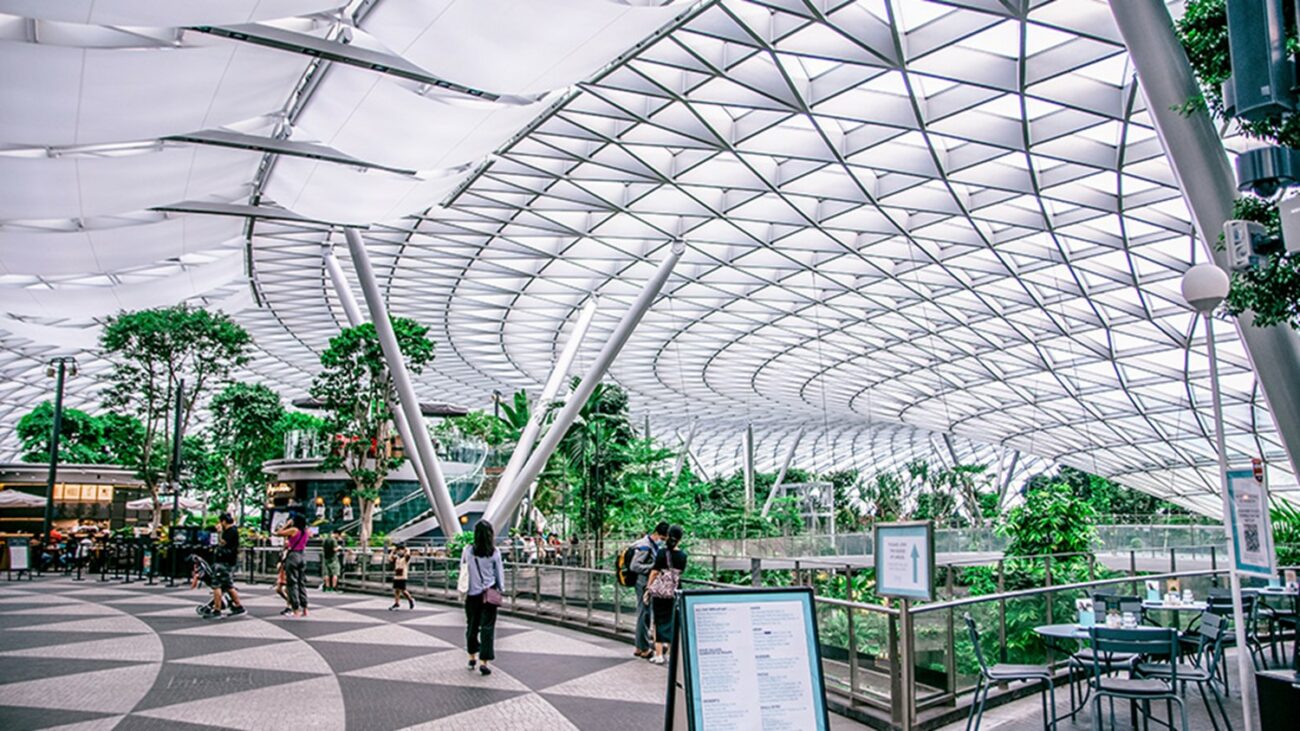
The Future of Architectural Lighting Design
As we look ahead, it’s clear that architectural lighting design is on the cusp of a transformative era. Advances in technology, a growing focus on sustainability, and emerging design philosophies are converging to redefine what’s possible. Let’s explore the innovations and trends that are set to shape the next generation of architectural lighting.
Smart Lighting
The advent of smart lighting solutions is revolutionizing the way we think about illumination. Gone are the days of static, one-dimensional lighting schemes. With smart lighting, designers can create dynamic, responsive environments that adapt to various conditions and user needs. Whether it’s adjusting the color temperature throughout the day to mimic natural light or using sensors to optimize energy usage, smart lighting offers unprecedented control and flexibility.
Sustainable Solutions
Sustainability is no longer a buzzword; it’s a necessity. The lighting industry is making strides in this direction with the increasing adoption of LEDs and solar-powered options. These sustainable technologies not only reduce energy consumption but also offer long-lasting performance without compromising on aesthetics. As we move towards a more eco-conscious future, these options are becoming the new standard in architectural lighting design.
Trends to Watch
Emerging trends are continually reshaping the landscape of architectural lighting. One such trend is biophilic design, which seeks to incorporate natural elements into built environments. This philosophy extends to lighting, where designers are experimenting with ways to mimic natural light patterns or integrate living plants into lighting fixtures. But biophilic design is just the tip of the iceberg. Other trends, like the use of interactive lighting and the integration of virtual or augmented reality in design planning, are also poised to make a significant impact on the industry.
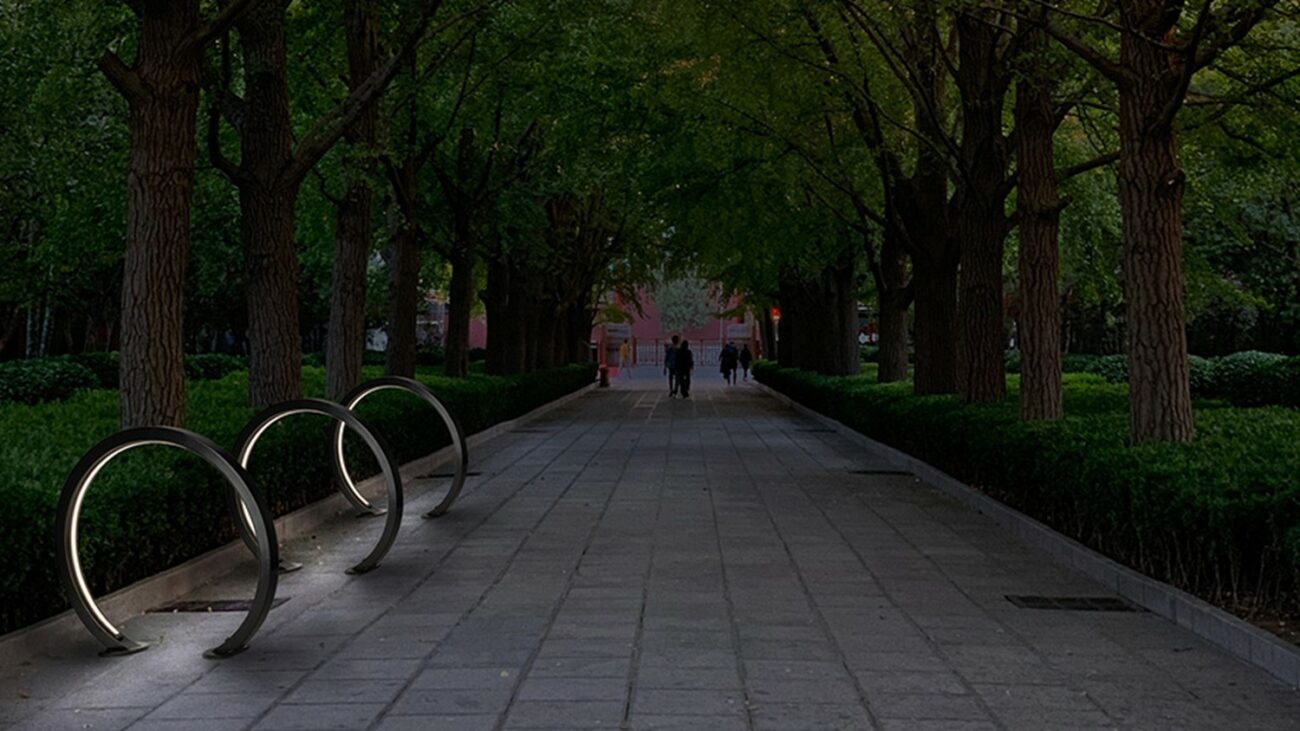
Architectural lighting design is a multifaceted discipline that extends beyond mere illumination. When thoughtfully integrated into both buildings and site furnishings, it can transform spaces into visually and functionally cohesive environments. As technology and sustainability concerns continue to evolve, so too will the possibilities for innovative lighting design.

